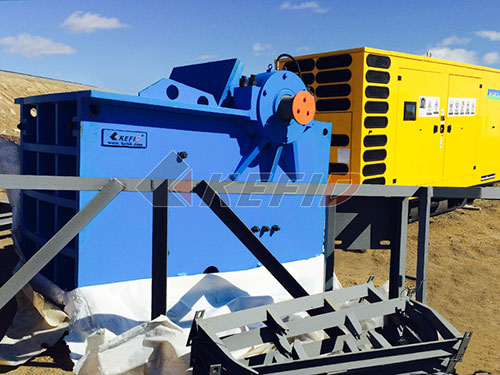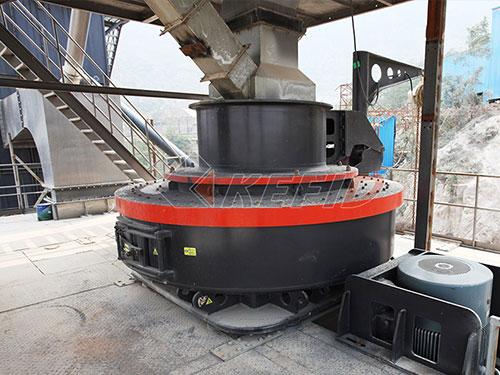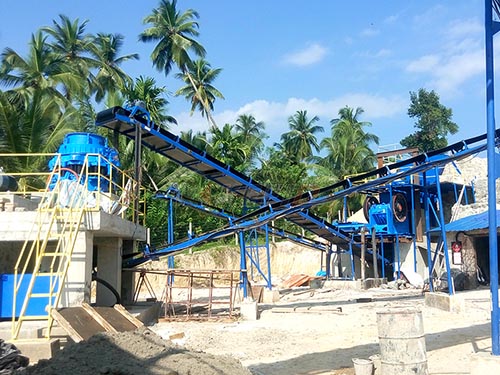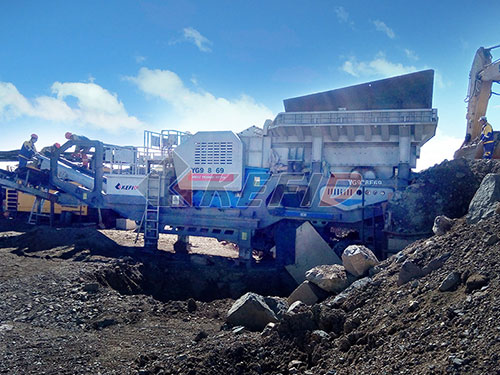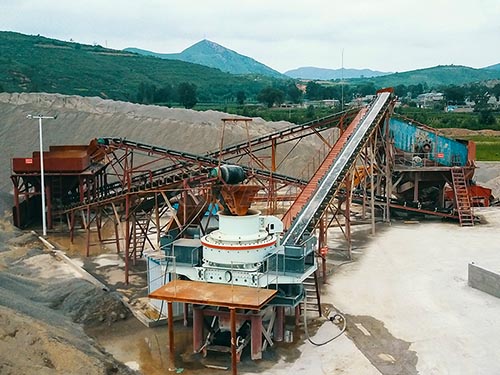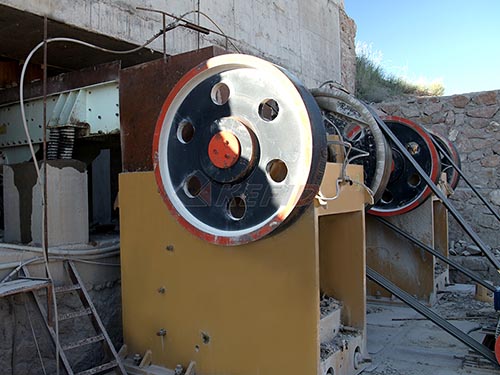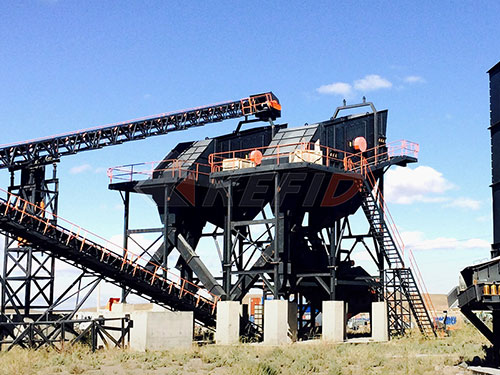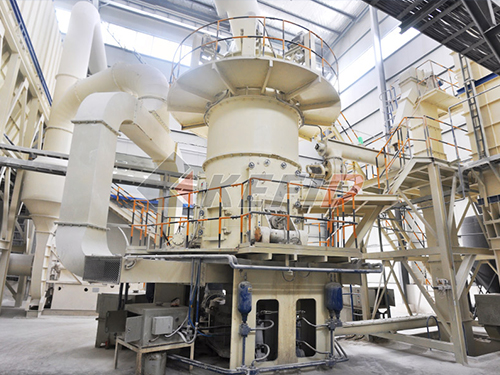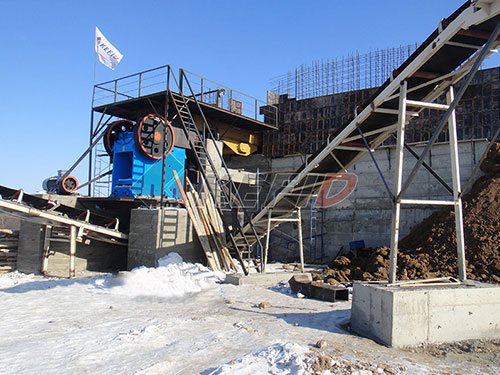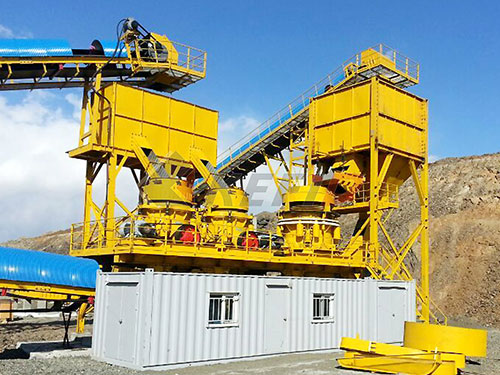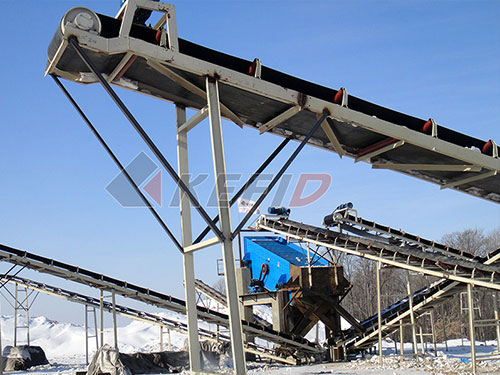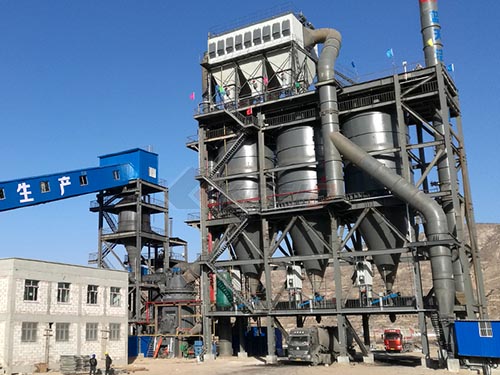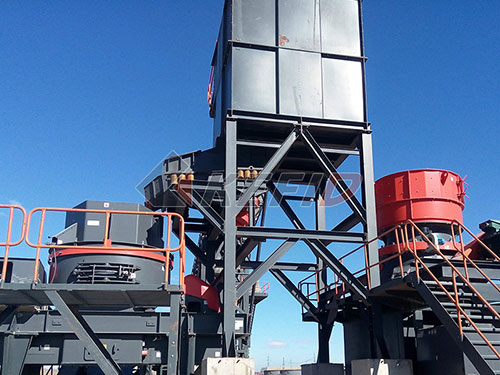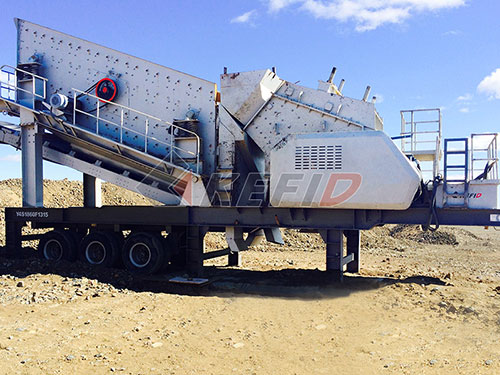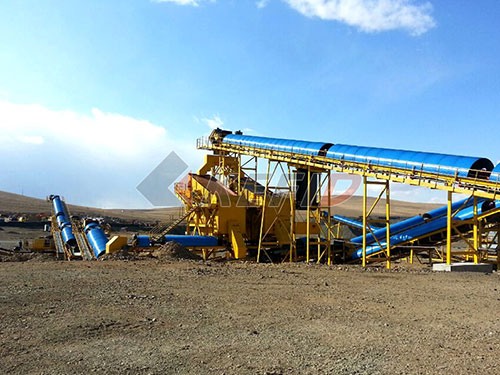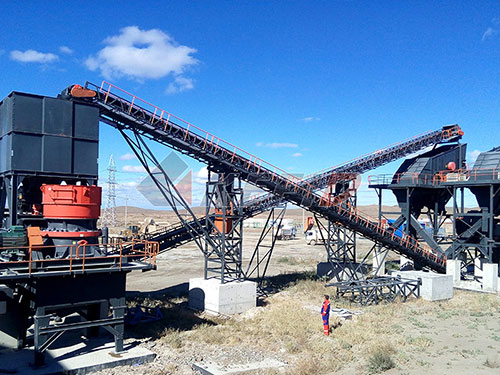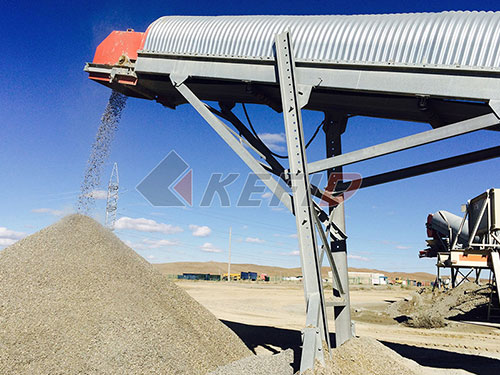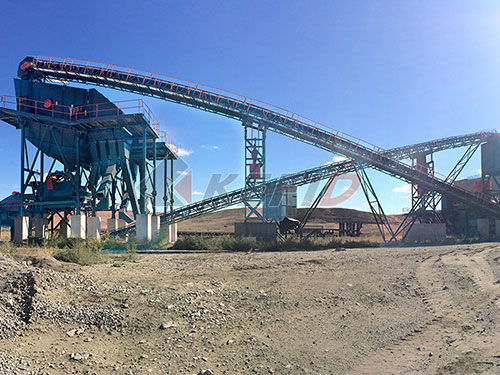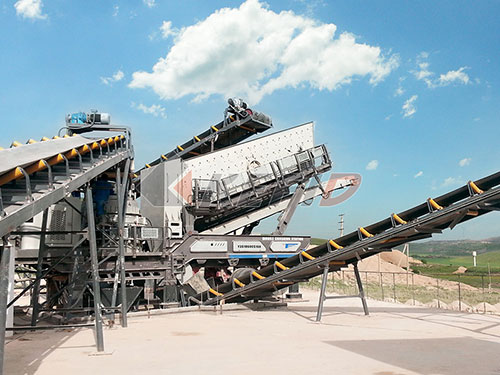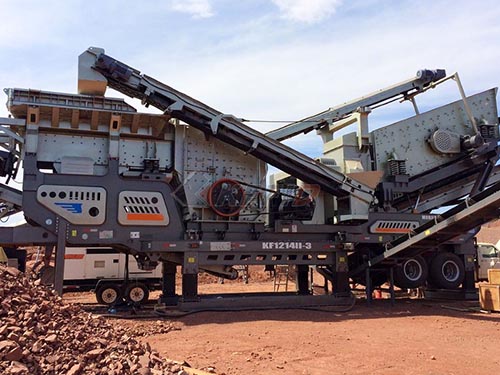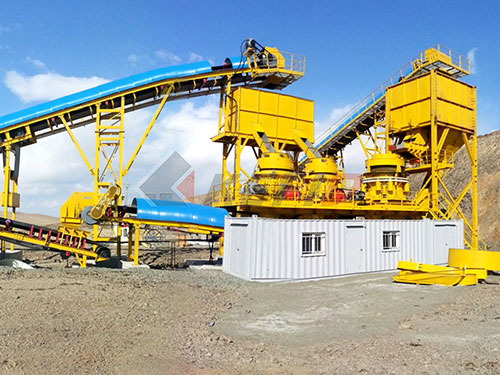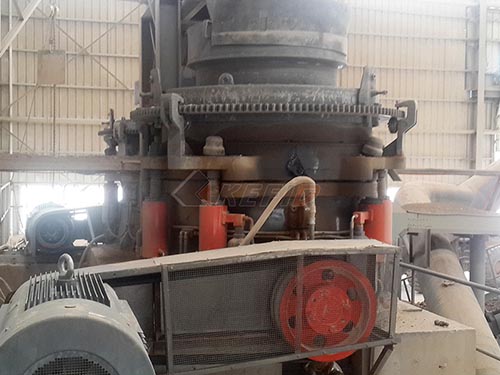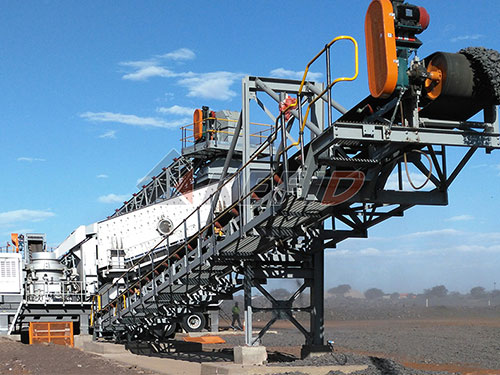The Rotary Crusher: Powering Primary Size Reduction in Heavy Industry
Within the demanding environments of mining, quarrying, and aggregate production, the initial stage of breaking down large rocks into manageable fragments is critical. Standing as a cornerstone technology for this primary crushing task is the Rotary Crusher, more accurately known as the Gyratory Crusher. This robust machine leverages a unique oscillating motion to deliver high-capacity, efficient size reduction for some of the toughest materials on earth.
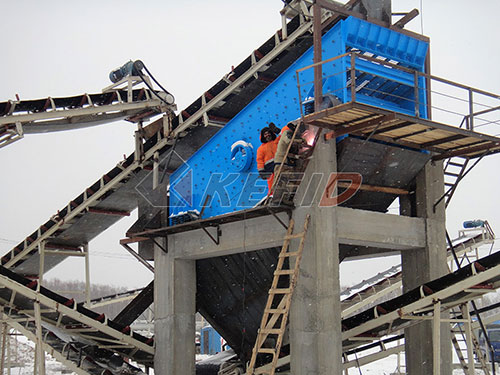
Core Principle: The Gyrating Mantle
Unlike a jaw crusher’s reciprocating action, a rotary/gyratory crusher operates on a fundamentally different principle centered around gyration. Its core components are:
1. Fixed Concave: A rigid outer shell lined with wear-resistant manganese steel.
2. Gyrating Mantle: A central cone-shaped head mounted on an eccentric shaft assembly.
3. Eccentric Drive: The mechanism that imparts an oscillating motion to the mantle shaft.
As the eccentric assembly rotates, it causes the mantle shaft to gyrate (precess) within the concave liner. This gyratory motion creates a constantly changing gap between the mantle and concave surfaces – wide at one point for material intake and narrow at another for crushing action.
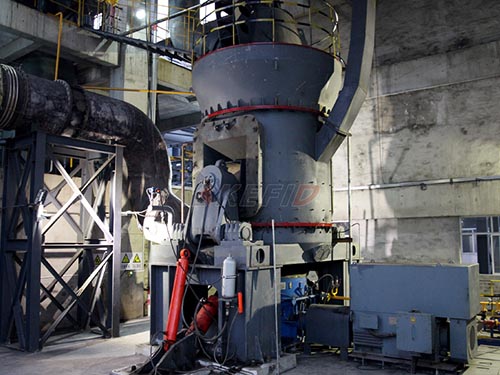
The Crushing Cycle:
1. Feed Intake: Large rocks are fed into the top of the crusher chamber.
2. Compression: As rocks enter the narrowing gap between the mantle and concave, they are progressively squeezed and compressed against each other and the liner surfaces.
3. Reduction: Repeated compression forces cause fractures along natural cleavage planes within the rock.
4. Discharge: Crushed material falls through the narrowing gap at its smallest point and exits through openings at the bottom of the chamber as it reaches the desired size.
Advantages Driving Adoption:
High Capacity & Throughput: Rotary crushers excel in handling large volumes of feed material continuously, making them ideal for high-tonnage primary crushing stations where maximizing hourly output is paramount.
Efficiency & Lower Cost per Tonne: Their continuous crushing action requires less energy per tonne processed compared to reciprocating jaw crushers handling similar large feed sizes under heavy load conditions.
Handling Large Feed Sizes: Designed specifically for primary duty, they readily accept massive boulders directly from haul trucks or shovels that would overwhelm other types of primary crushers.
Versatility in Hard Rock Applications
